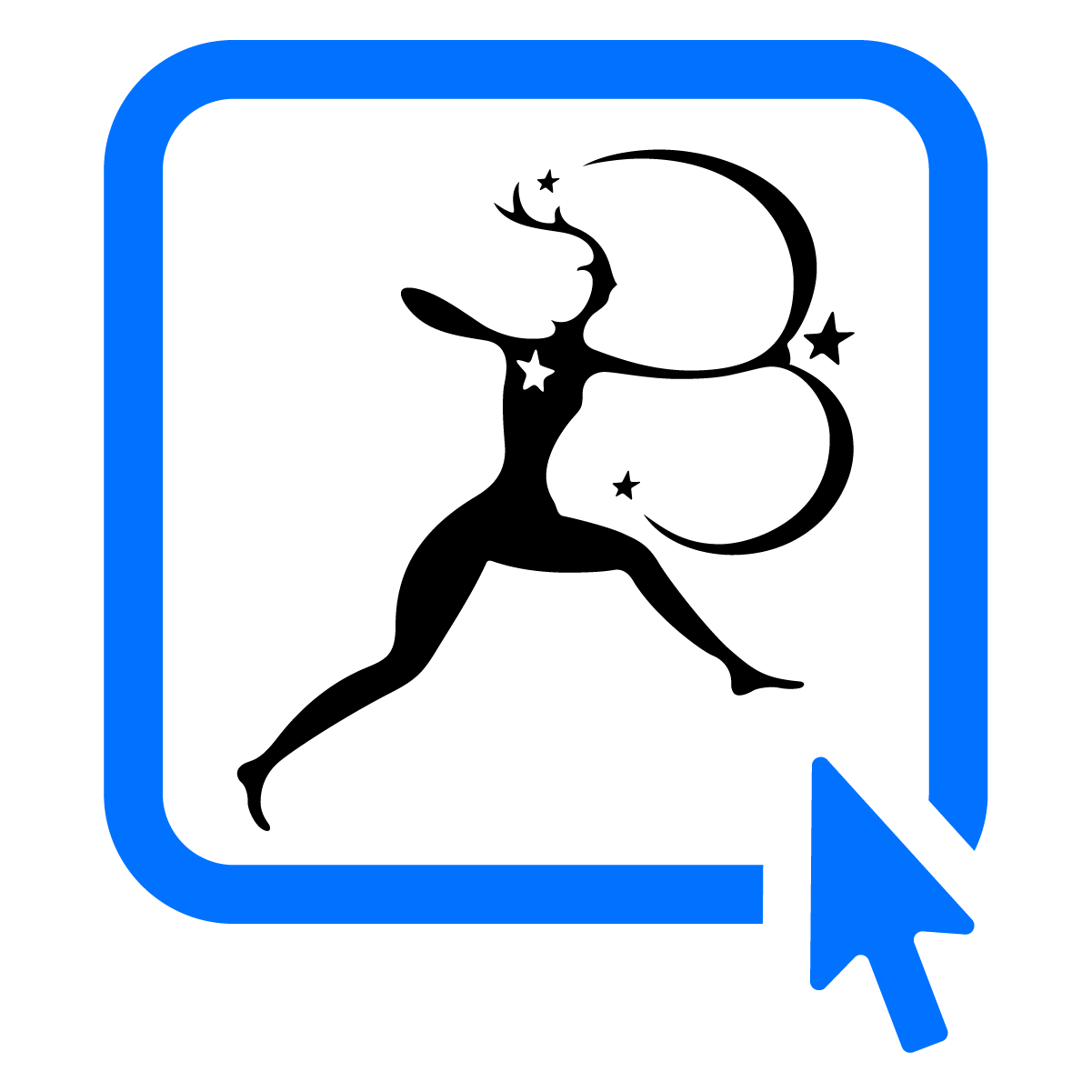Osprey Publishing Home
Eastern Front 1945
Triumph of the Soviet Air Force
Eastern Front 1945
Triumph of the Soviet Air Force
- Delivery and returns info
-
Free CA delivery on orders $40 or over
Description
A detailed, illustrated account of the air campaign that accompanied the Red Army's final push towards Berlin, in which massed Soviet air power defeated the Luftwaffe's high-tech Me 262 jets and Mistel exploding drones.
The last months of World War II on the Eastern Front saw a ferocious fight between two very different air forces. Soviet Air Force (VVS) Commander-in-Chief Alexander Novikov assembled 7,500 aircraft in three powerful air armies to support the final assault on Berlin. The Luftwaffe employed some of its most advanced weapons including the Me 262 jet and Mistel remotely-guided bomb aircraft.
Using photos, 3D diagrams, maps and battlescene artwork, William E. Hiestand, a military analyst with a longstanding interest in Soviet military history, explains how Germany's use of high-tech weaponry and massed Soviet air assaults was not just the culmination of World War II air combat, but also pointed to how the future rivalry with NATO would play out. The VVS used powerful and flexible air armies to control and employ its huge force of aircraft – organizational and employment concepts that would shape Soviet plans and preparations for combat during the Cold War.
For the first time, this volume explains how air power helped win the war on the Eastern Front, and how victory shaped Soviet air power doctrine for the decades to come.
Table of Contents
CHRONOLOGY
ATTACKER'S CAPABILITIES
– The VVS on the brink of victory
– Overall Soviet organization
– Aircraft roles and capabilities
– VVS Order of Battle, January 1945
– VVS Order of Battle, April 1945
DEFENDER'S CAPABILITIES
– The last of the Luftwaffe
– Aircraft, roles, and capabilities
– Luftwaffe Order of Battle, January 1945
– Luftwaffe Order of Battle, April 1945
CAMPAIGN OBJECTIVES
– The road to Berlin
THE CAMPAIGN
– Air war over Poland and Germany
– January 1945: The Vistula–Oder Offensive
– January 1945: The East Prussia Offensive
– The exploitation
– The halt on the Oder
– The fight for the Oder: March–April 1945
– Konigsberg: the fall of the fortress
– Berlin: The final offensive
– The end in the East
– The turn to the flanks – February–March 1945
AFTERMATH AND ANALYSIS
FURTHER READING
INDEX
Product details
| Published | Jan 16 2024 |
|---|---|
| Format | Paperback |
| Edition | 1st |
| Extent | 96 |
| ISBN | 9781472857828 |
| Imprint | Osprey Publishing |
| Illustrations | Illustrated throughout with around 60 photos and a variety of colour illustrations |
| Dimensions | 248 x 184 mm |
| Series | Air Campaign |
| Short code | ACM 42 |
| Publisher | Bloomsbury Publishing |
Reviews

ONLINE RESOURCES
Bloomsbury Collections
This book is available on Bloomsbury Collections where your library has access.

Resources
Discover More
Visit our exclusive member's website to see artwork, maps, and more from this book.

Resources
Book Vote
Tell us what titles you would like to see published by Osprey, then vote for your favourites in our monthly book vote!


























